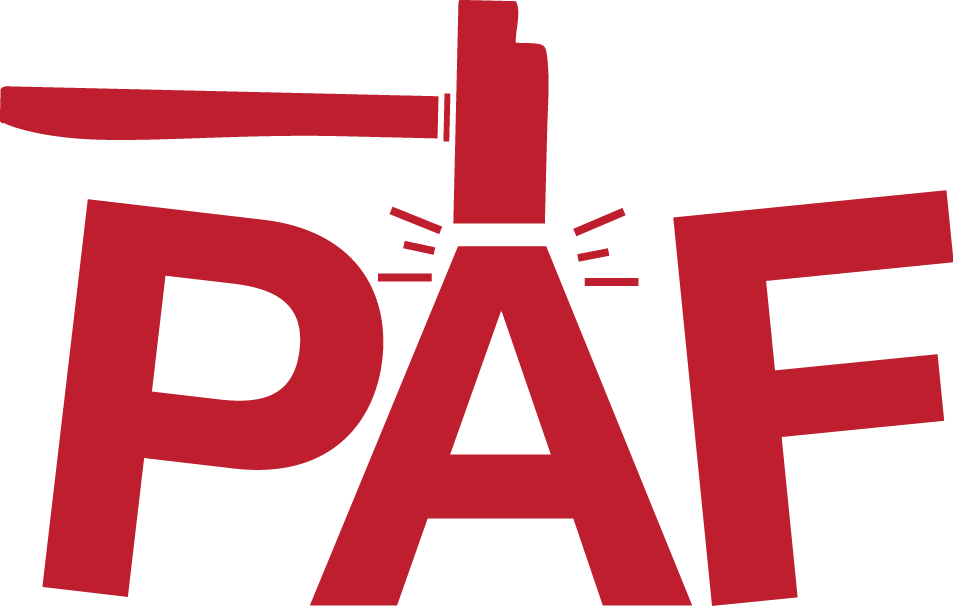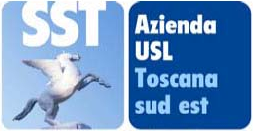Ionising radiation from naturally occurring sources
NORM
The acronym NORM stands for Naturally Occuring Radioactive Material and it identifies materials that are not usually considered radioactive but that may contain high concentrations of natural radionuclides, making them of interest for radiation protection of both workers and the members of public.
Therefore, industries involving NORM are those in which raw materials, by-products, and production residues — not because of their fissile or fertile properties, but due to industrial processing — may contain higher-than-usual levels of natural radionuclides, or levels significant enough to require attention in terms of protecting workers and members of the public from radiation exposure."
The Italian Legislative Decree 101/2020 (transposition of the Council Directive 59/2013/Euratom) set provisions concerning “practices involving the use of materials containing naturally occurring radionuclides”, the so-called “industries involving NORM”.
The Legislative Decree 101/2020 identified the industrial sectors, which must be considered as “industries involving NORM”. For more information, please check the following list.
Within the framework of Legislative Decree 101/2020, provisions about industries involving NORM are probably those that underwent the most significant changes compared with the previous regulation. Industries involving NORM are considered “practices” whereas in previous regulation they were classified as “work activities” and only when certain conditions were met (exceeding of the Action Level) they would enter the radiation protection system.
According to the Legislative Decree 101/2020, risk assessment must be carried out with a graded approach. For this reason, firstly, the decree requires the radiological characterization solid materials used in the production cycle (raw materials, byproducts, and residues) in order to assess the activity concentration of main natural radionuclides (U-238 and Th-232 series and K-40) within ten months from the start of the practice. Whether the activity concentration of main natural radionuclides exceed Exemption Levels in terms of activity concentrations, the second step the dose assessment for workers and members of the public (representative person) performed by a Radiation Protection Expert with the aim to compare them with Exemption/Clearance Levels in terms of effective dose. (art.22).
Article 22 explicitly requires that the technical report issued by the radiation protection expert, containing results of the radiological characterization and dose evaluation, shall be integrated into the broader risk assessment document required by occupational and safety regulation, the Legislative Decree 81/08. Industrial sectors to which these dispositions apply are more numerous than the past; for example, cement plants, geothermal energy production plants, groundwater filtration plants etc. were not included in previous radiation protection regulations. n.
As said, the legislative decree sets many radiation protection tools, in particular they are:
- Exemption levels,
- Clearance levels,
- Dose limits.
In this case, exemption and clearance levels are the same and have been defined, for both workers and representative person, in terms of activity concentration and effective dose (Annex II of D.Lgs 101/2020).
It is worth noting that if the activity concentrations of the main natural radionuclides are below the exemption levels, the practice may be considered 'exempt' from notification and therefore outside the radiation protection system. In such cases, the only requirement is to carry out a risk assessment every three years.
Moreover, as mentioned before, if the measured values exceed the exemption levels in terms of activity concentration, effective doses to workers and representative person shall be assessed: if exemption levels in terms of effective dose are not exceeded, the practice may be considered “exempt” from notification and considered “out” of the radiation protection system. In such cases, the only requirement is to carry out a risk assessment every three years.
If exemption levels in terms of dose to workers and representative person are exceeded, requirements regarding protection of workers and members of the public shall be applied.
Table II-1 Industrial sectors involving NORM (as of D.LGS 203/2022)
|
INDUSTRIAL SECTORS |
CLASSES OR TYPES OF PRACTICES OR CRITICAL EXPOSURE SCENARIOS |
|
Coal-fired power plants |
Maintenance of boilers |
|
Mining of ores other than uranium ore |
Extraction of granitoids, such as: • granite • syenite and orthogneiss • porphyries • tuff • pozzolana • lava • basalt |
|
Zircon and zirconium industry |
|
|
Processing of ores and primary production of iron |
Extraction of rare earths from monazite; extraction of tin; |
|
Processing of phosphate and potassium ores |
Production of phosphorus by thermal process; |
|
TiO2 pigment production |
Management and maintenance of production plants |
|
Cement production |
Maintenance of clinker ovens |
|
Production of thorium compounds and manufacture of thorium-containing products |
Production of thorium compounds and manufacture, management and storage of products containing thorium: welding electrodes with thorium, thorium-containing optical components, gas mantles |
|
Geothermal energy production |
Maintenance of high or medium-enthalpy geothermal energy systems |
|
Oil and gas production |
Oil extraction and refining, and gas extraction: removal of scales and sludges from pipelines and containers |
|
Ground water filtration facilities |
Management and maintenance of the plant |
|
Cutting and sandblasting operations |
Industrial plants using sand or abrasive minerals |
INFORMATION
"Exemption levels": a value established by a competent authority or in legislation and expressed in terms of activity concentration or total activity at or below which a radiation source is not subject to notification or authorization.
”Clearance levels”: values established by the competent authority or in national legislation, and expressed in terms of activity concentrations, at or below which materials arising from any practice subject to notification or authorization may be released from the requirements of the Decree.








